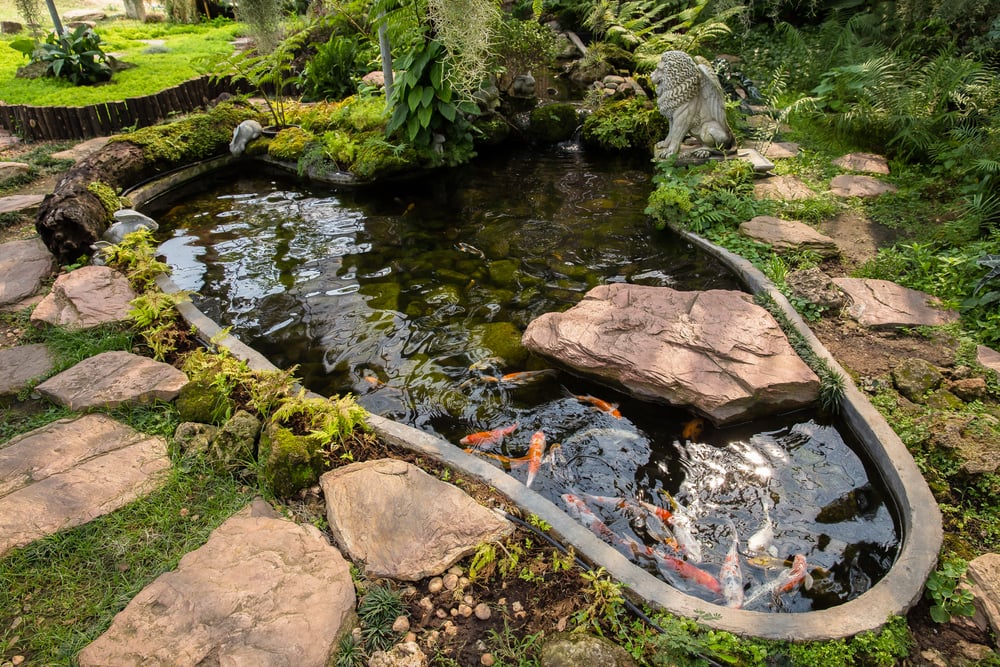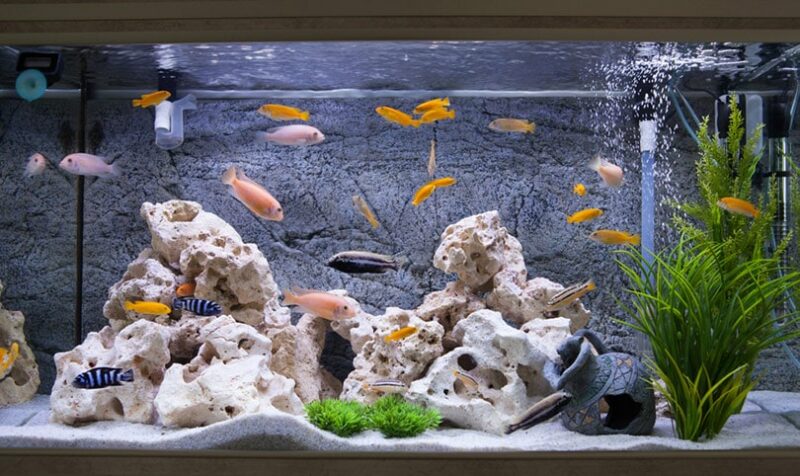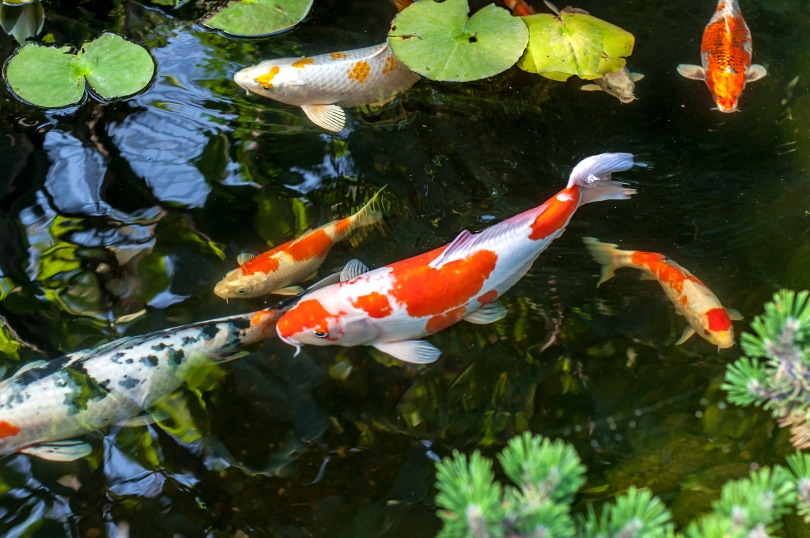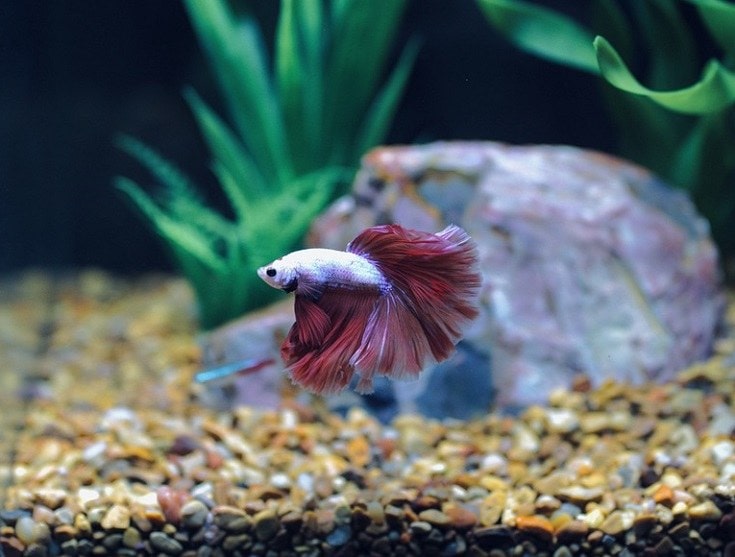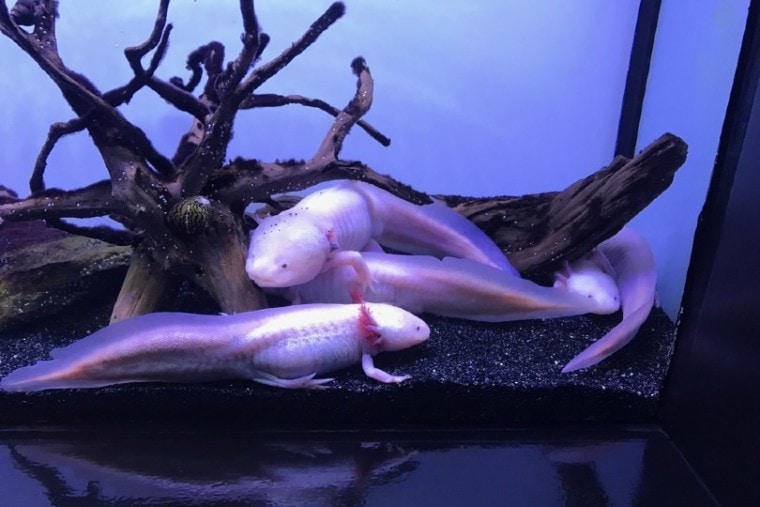
Axolotls are a species of salamander found solely in a small area of Mexico near Mexico City. This species has become a popular pet because it’s beautiful, interesting, and easy to care for.
There’s no denying that axolotls are cute. The adorable appearance of these tiny aquatic amphibians with the attractive gills makes them one of the most charming exotic pets ever.
Sadly, axolotls are critically endangered in the wild due to habitat loss and pollution. The good news is that these small animals are commonly bred in captivity because many people want to keep them as pets. This breeding has resulted in many types of Axolotl colors, some of which are rare and highly desirable among pet owners.
Many people have seen axolotls with white-pinkish bodies and think all axolotls look the same. However, there are more colors and mutant types, or morphs, of this amphibian, some of which are the result of crossbreeding.
The interesting thing about the colors and morphs of the axolotl is that there’s no definitive or fixed number of color variants for this incredible creature.
The Reason for the Many Axolotl Color Variations
To get a good understanding as to why there are so many axolotl colors and morphs, it’s necessary to take a close look at genetics. There are pigment-bearing cells called chromatophores that decide the color of axolotls. In all, there are three kinds of chromatophores: melanophores, xanthophores, and iridophores.
All three types of chromatophores contain 14 pairs of chromosomes, each coming from a mother and father. With a bit of ingenious crossover activity, different axolotl color types can be created. That’s why there are so many axolotl mutants today, some of which are very rare.
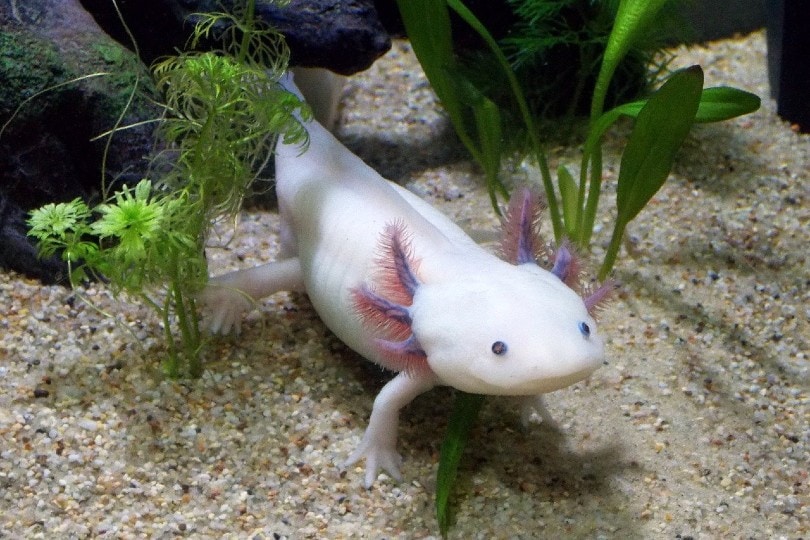
The 13 Axolotl Color Types & Morphs
There are five basic colors of Axolotls including:
1. Wild Axolotl
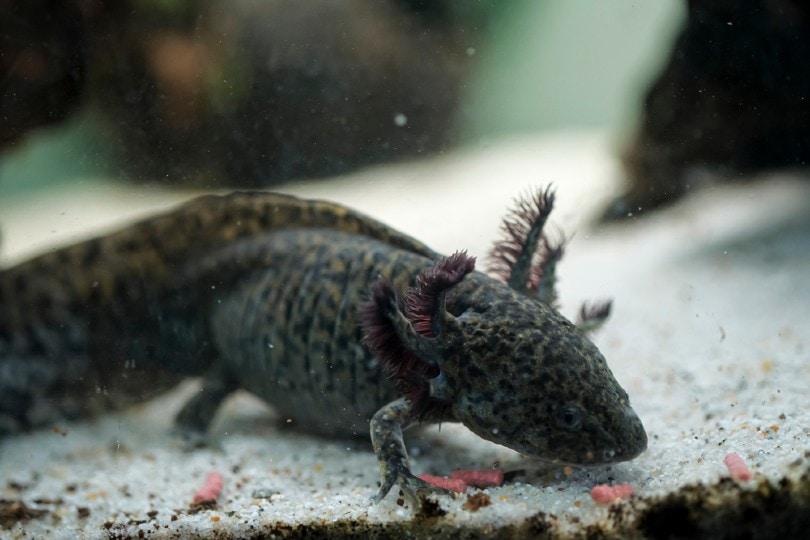
The wild type of axolotl is dark grayish-green with black and olive mottling. This type can also be speckled with gold and have a light-colored belly. The wild type is colored and patterned the same as the axolotls found in the wild, hence the name.
2. Leucistic (Pink) Axolotl

Leucistic axolotls look very much like albinos, but they’re not. These axolotls are translucent white and have shimmering flecks of gold color. They have pink or red gills and dark eyes. Because these axolotls are easy for predators to spot, they are rare in the wild.
3. White Albino Axolotl
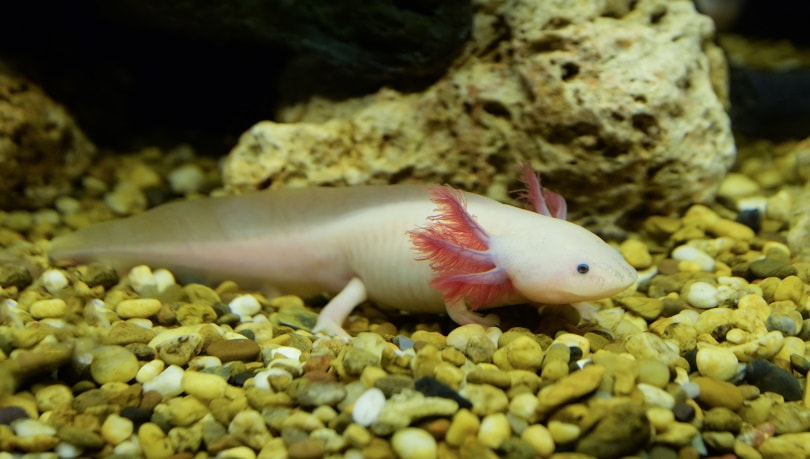
As you may have guessed, white albino axolotls are pure white with red gill filaments and pink or white eyes. These axolotls have flecks of gold on the gill stalks. White albinos look a lot like leucistic axolotls except their eyes are missing pigment. This makes them have poor vision and a high degree of light sensitivity.
4. Golden Albino Axolotl
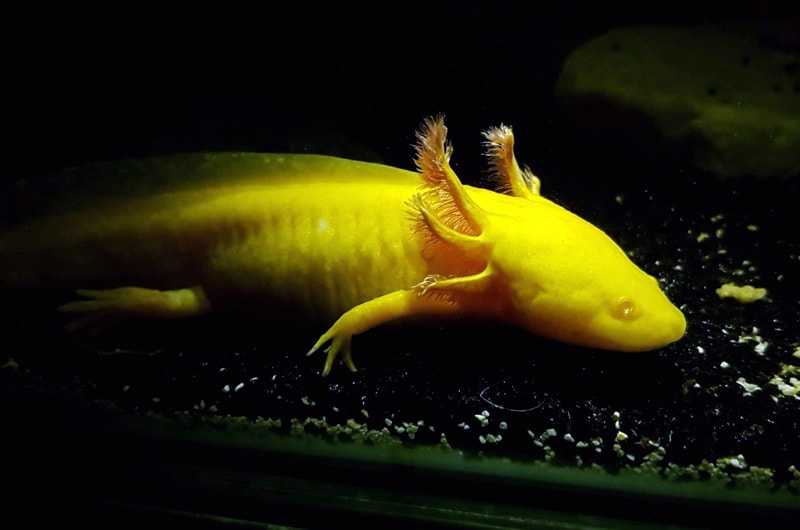
When young, golden albino axolotls look exactly like white albinos and are very sensitive to bright light like white albinos. As they grow, golden albinos change color to peach, yellow, and orange-gold. They have white, pink, or yellow eyes and reflective spots and speckles covering their bodies.
5. Melanoid Axolotl
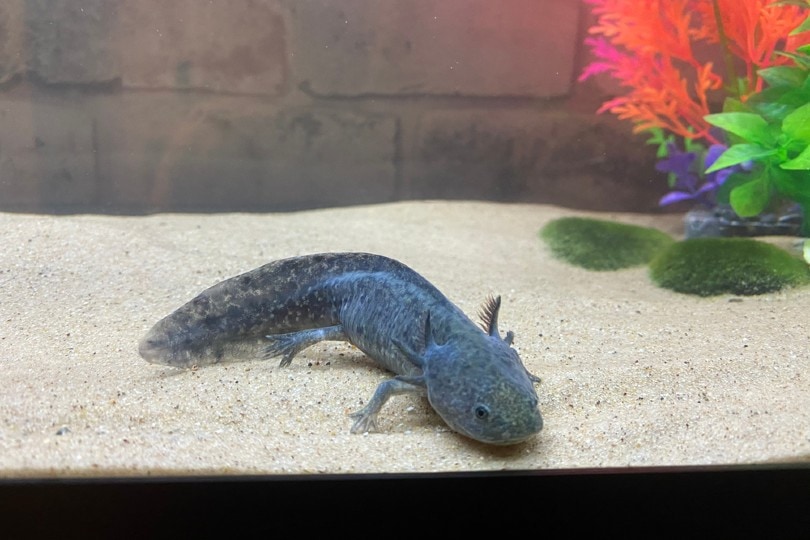
Melanoid axolotls are often mistaken for those with the wild color, but they are different in several ways. They have more pigment in their skin than the wild type, giving their bodies a dark brown or black color. These solid-colored axolotls have black gills and eyes.
The following types of axolotls are morphs due to genetic engineering as most have been created in laboratories.
6. Axanthic Axolotl Morph

Axanthic axolotls come in several varieties including dark, light, mosaic, and melanoid. These axolotls don’t have any xanthophores (yellow pigment), giving them a cool look. Unless they are melanoid, they have spots on their bodies.
7. Copper Axolotl Morph
These axolotls are a type of albino that look like the color of rust. They have clear pupils and can have sparkly eye-rings. It’s easy to tell if you have a copper axolotl by shining a flashlight at the eyes. If the pupils reflect red, you have an albino copper.
8. GFP Axolotl or Green Axolotl Morph
Axolotls that seem to glow in the dark are called Green Fluorescent Protein (GFP) axolotls. These uncommon and rare axolotls are created mainly in a laboratory setting. The fluorescent green color glows vibrantly when the animal is exposed to UV or black light.
9. Chimera Axolotl Morph
These axolotls are created when two eggs morph together before hatching. Chimera axolotls are half-leucistic and half-wild type. These interesting-looking axolotls have a split-down-the-middle appearance.
10. Mosaic Axolotl Morph
A mosaic axolotl is a combination of wild type and leucistic morph colors that are scrambled all over its body. The mosaic morph is the result of two cell DNA forming into one.
11. Silver Dalmatian Axolotl Morph
This lavender and silvery colored axolotl is a rare morph. It has unique specks all over its body, making it similar in appearance to a Dalmatian dog.
12. Enigma Axolotl Morph
The enigma axolotl is truly one of a kind! This type has a magnificent color combination consisting of a black body with greenish color patterns all over.
13. Firefly Axolotl Morph
The firefly axolotl is another beauty that was created using embryonic graphing. This type can be found with a dark body and a lighter tail or vice versa. Some even have dark bodies with tails that glow in the dark.
See Also:
- Axolotl: Care Sheet, Lifespan & More (With Pictures)
- 13 Fascinating Facts About Axolotls You Need to Know!
Featured Image Credit: Kevin Rolfe, Shutterstock


